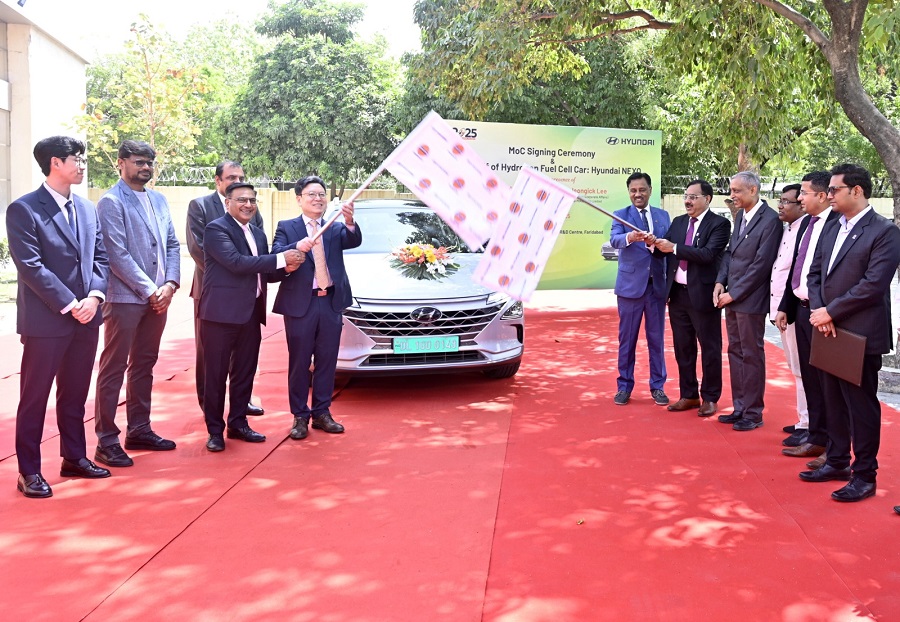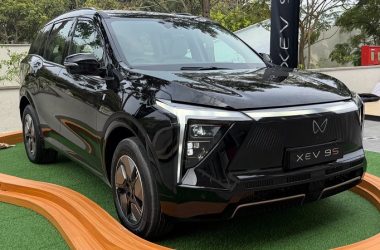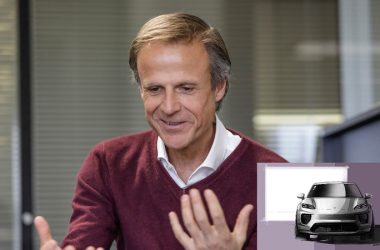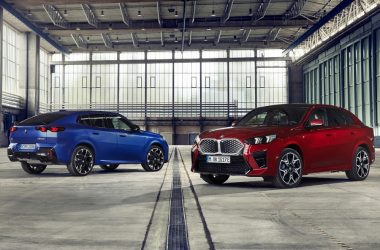Gurugram — In a move that might just put a green glow on India’s highways, Hyundai Motor India Limited (HMIL) and Indian Oil Corporation Ltd. (IndianOil) have inked a Memorandum of Understanding (MoU) to test the viability of Hydrogen Fuel Cell Electric Vehicles (FCEVs) for mass adoption in India. Think of it as science fiction finally making a pit stop in Delhi traffic.
As part of this forward-looking alliance, HMIL has handed over a Hyundai Nexo—India’s version of a hydrogen-powered unicorn—to IndianOil. The sleek SUV will undergo real-world trials over two years, clocking up around 40,000 km to see if it can handle everything from monsoon potholes to summer heatwaves without breaking a sweat—or a fuel cell.

The partnership is more than a test drive. It’s a full-scale exploration of how hydrogen-powered vehicles can fit into the Indian urban jungle. The duo will assess everything from long-term reliability to operational costs, with a Total Cost of Ownership (TCO) study that promises to answer the age-old question: “Is saving the planet also budget-friendly?”
Speaking at the MoU signing, Unsoo Kim, MD of HMIL, said, “This partnership is not just about handing over a futuristic vehicle. It’s about powering a sustainable vision for India with hydrogen as the new fuel of choice. We’re excited to see the Nexo navigate Indian roads—possibly even the Gurgaon to Gurugram route.”
On IndianOil’s side, Dr. Alok Sharma, Director (R&D), echoed the sentiment: “We’re fuelling not just cars, but possibilities. Hydrogen is more than just H2O’s ambitious cousin—it’s a clean, powerful fuel source that could redefine India’s mobility ecosystem.”
But wait, there’s more hydrogen in the pipeline. Hyundai is already collaborating with IIT Madras to establish a cutting-edge ‘Hydrogen Innovation Centre.’ Part laboratory, part launchpad, it aims to support startups, OEMs, and maybe even the odd genius with a garage-based hydrogen breakthrough.
With this MoU, Hyundai and IndianOil aren’t just pushing the pedal on hydrogen—they’re plotting a clean-energy course for the country. One FCEV at a time.
So, if you spot a quiet, clean, and decidedly un-polluting SUV silently gliding down your street—it might just be the future saying hello.





